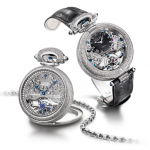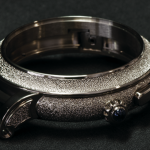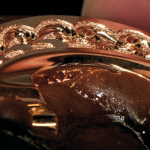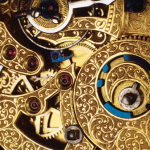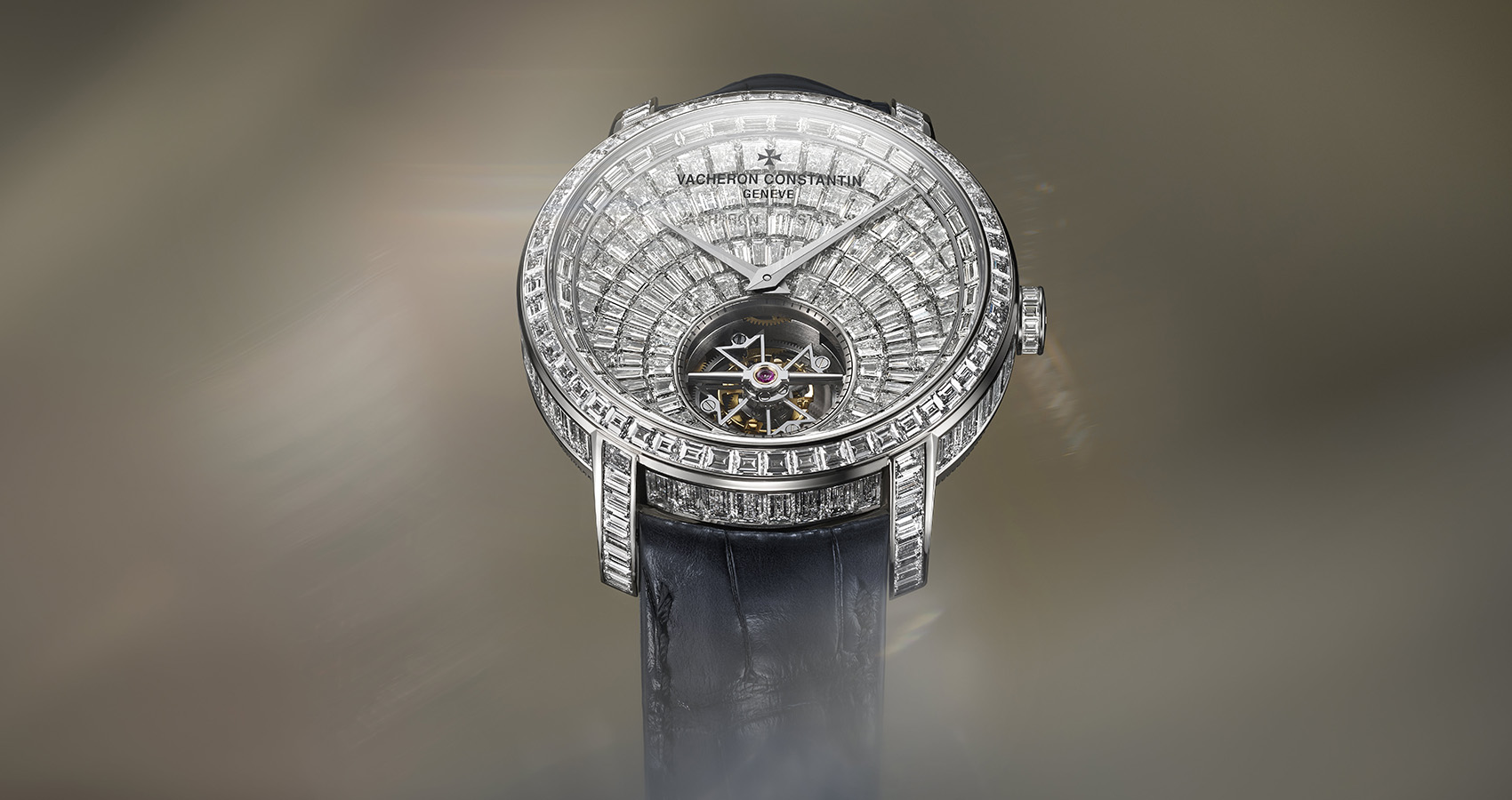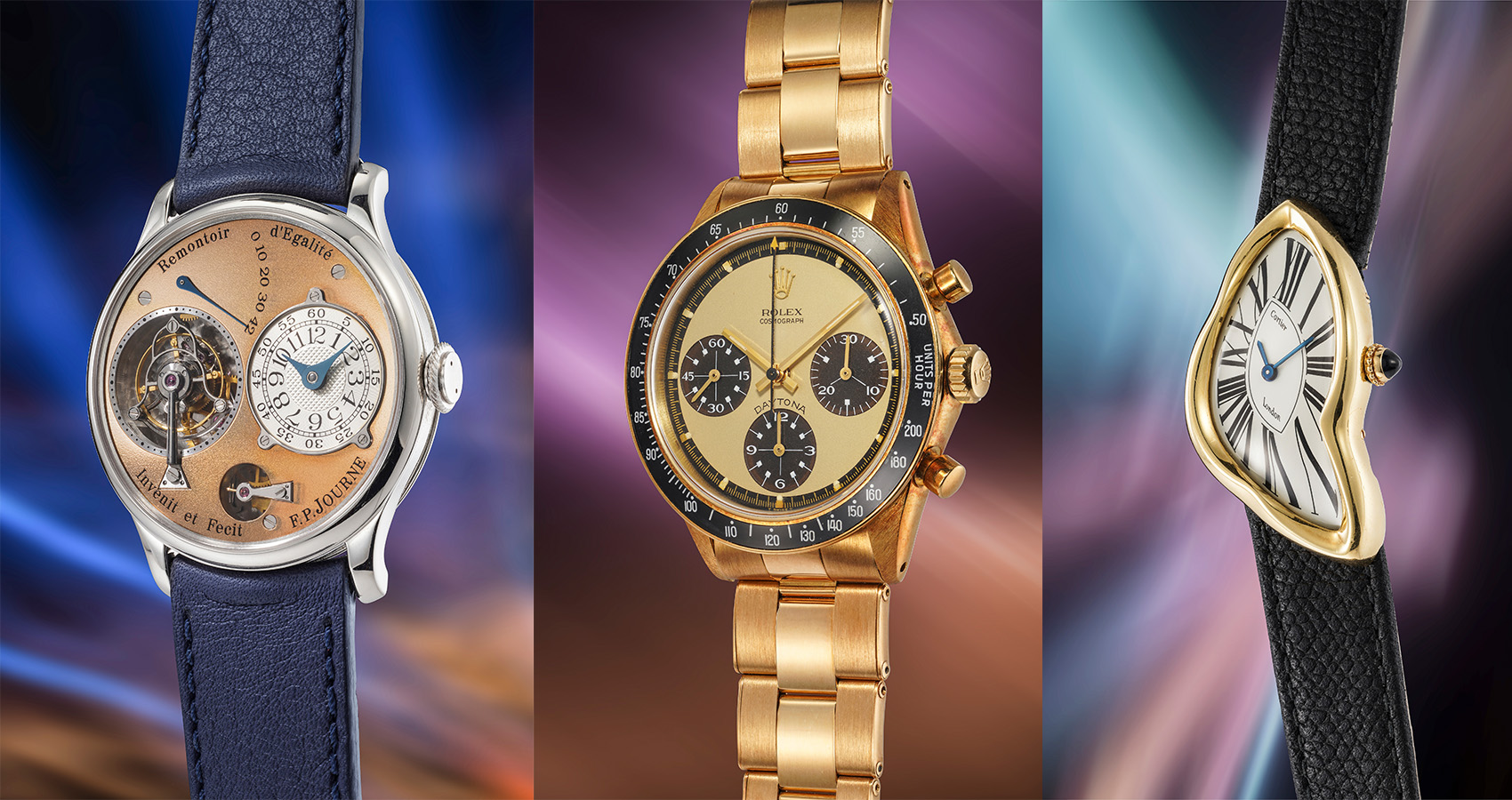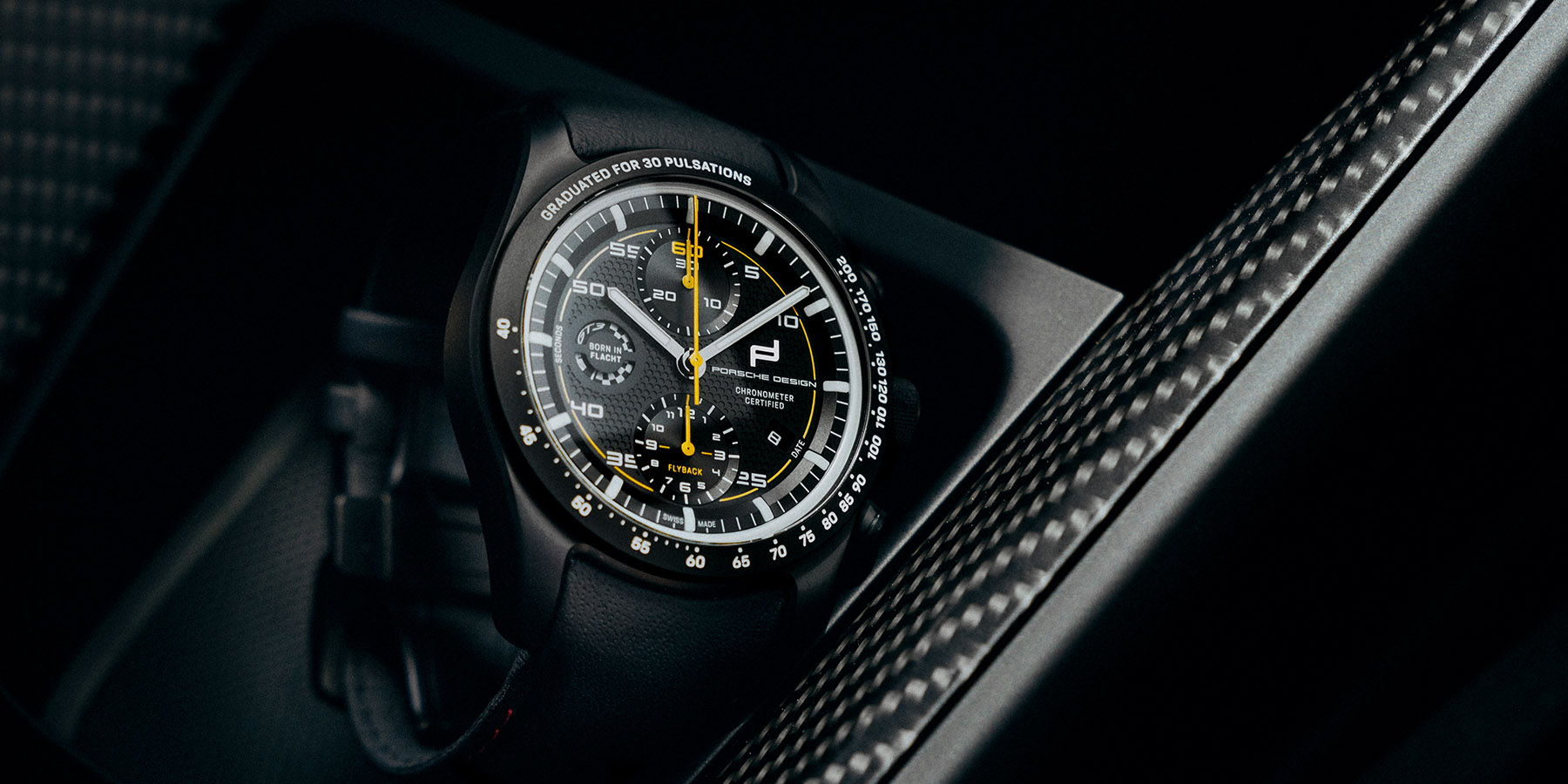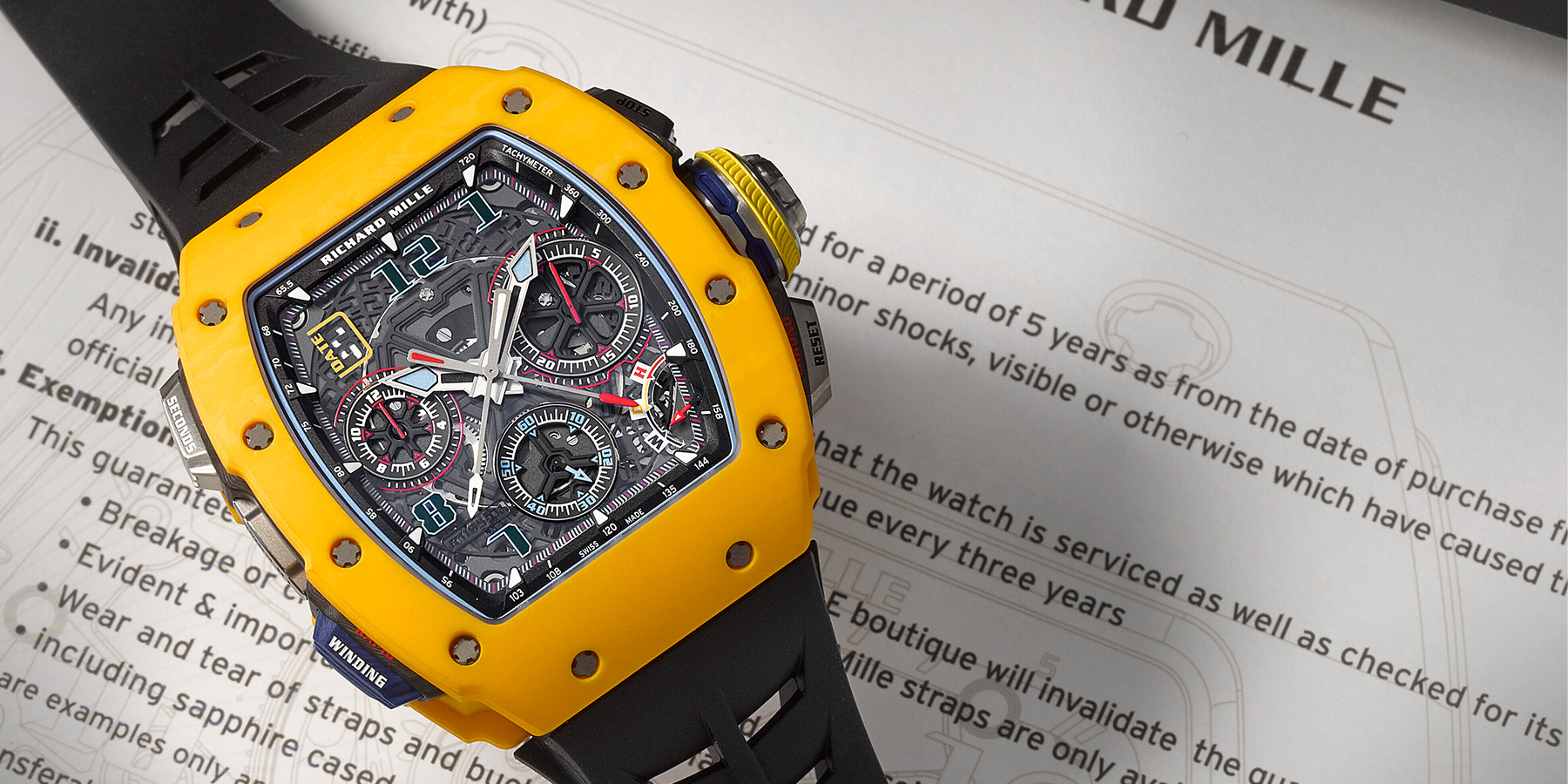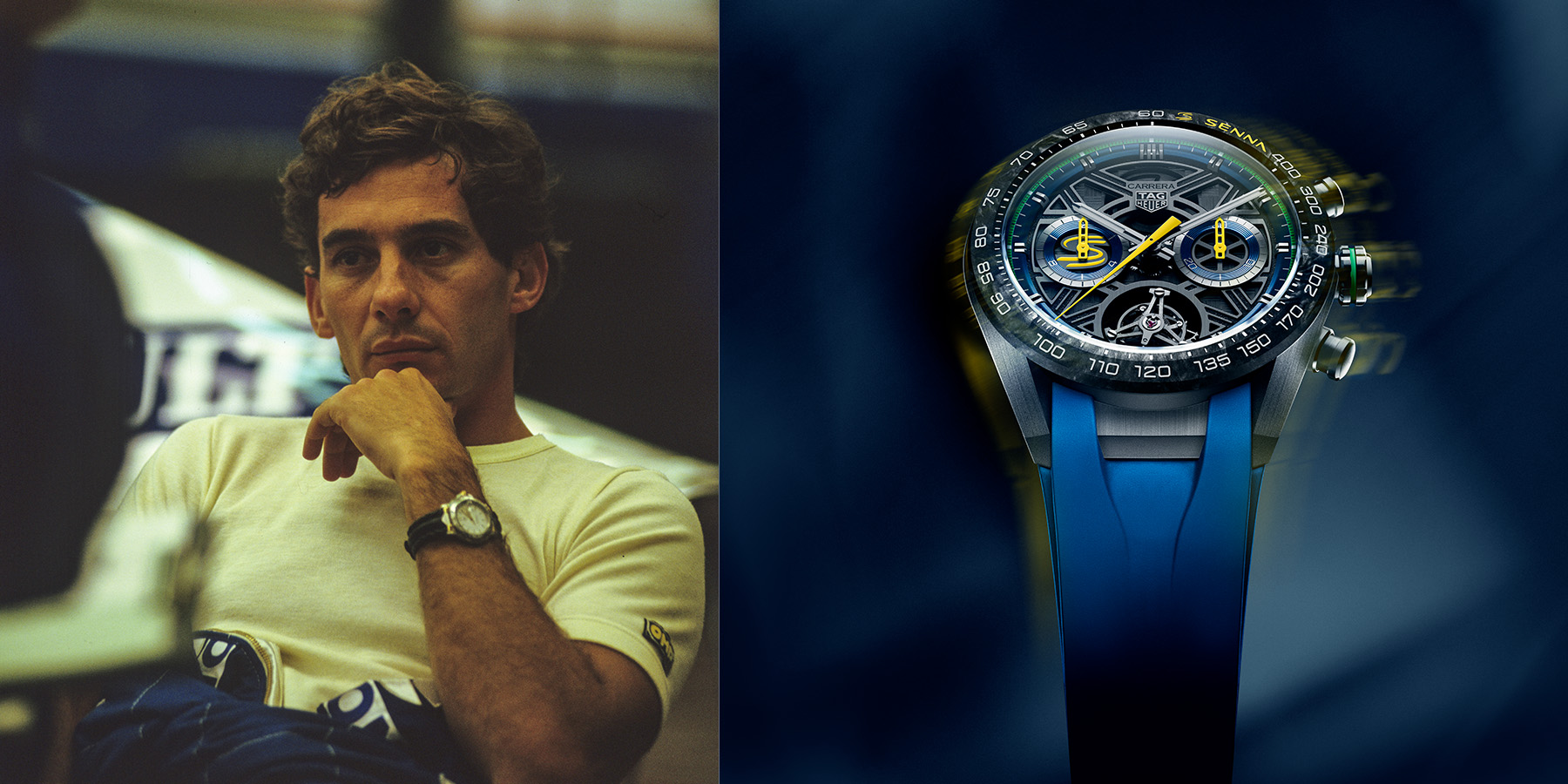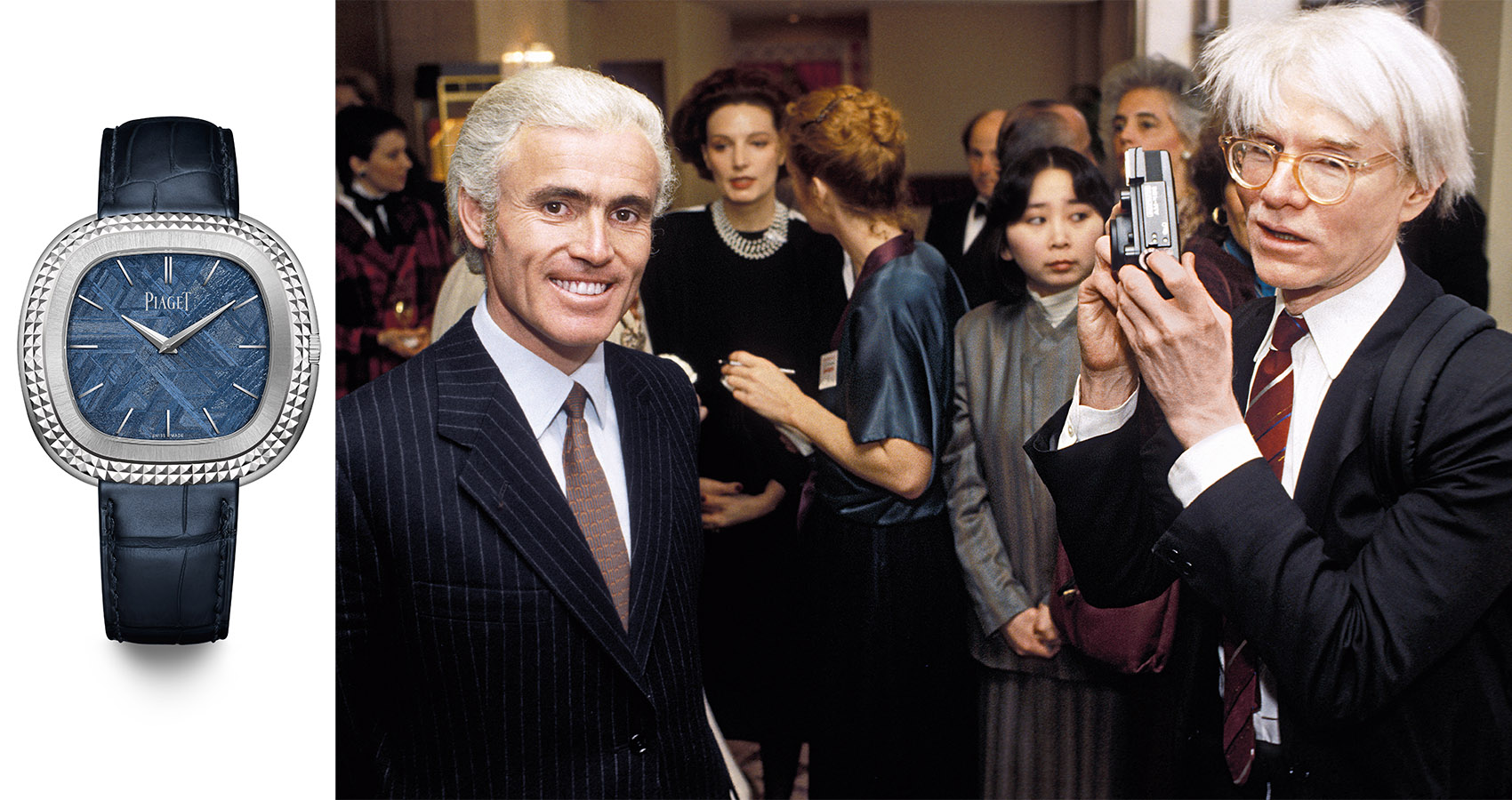
The Rich History Of Engraving In BOVET Timepieces
Edouard Bovet began manufacturing his first timepieces at the dawn if the 19th century, paying special attention to the decoration. His cases and movements were often adorned with gems, pearls, miniature paintings and engravings. The House of BOVET quickly became famous for its decorative arts, so famous in fact that the Emperor of China was one of the brand’s earliest collectors. Today BOVET timepieces remain part of the priceless heritage of the Forbidden City.
190 years later, BOVET remains a powerful institution is preserving the future of watchmaking’s decorative arts. This heritage and expertise spanning nearly two centuries is still seen in BOVET’s contemporary designs
Today, hand engravings are present on all movements in BOVET timepieces. Dials, flanges, case-bands, bezels and bows are also frequently decorated. BOVET gives every collector the chance to personalize their timepiece with a specific decoration. With engraving, the possibilities of individualizing a timepiece are virtually endless: simple text, decorative motifs or figurative engravings are just some of the choices available.
“Fleurisanne” engraving is the decorative pattern most often featured on 19th century BOVET timepieces of the 19th century and today remains the most sought-after by collectors In 2011, for BOVET unveiled timepieces whose cases were entirely engraved with the “Fleurisanne” motif and this year, a chased “bris de verre” motive embellishes the movements and cases of several unique pieces in the “Grand Complications” collections. This year Pascal Raffy, the owner of BOVET 1822 and Les Manufactures DIMIER 1738, has decided to resurrect this motive extending its coverage to the entire case. The result is an original design requiring around 100s hours of engraving work.
Rich with 190 years of history, BOVET is still considered the pinnacle when it comes to the decorative arts of watchmaking
Like Haute Time? Join our Facebook page or follow us on Twitter @hautetime.
 SIGN UP
SIGN UP

